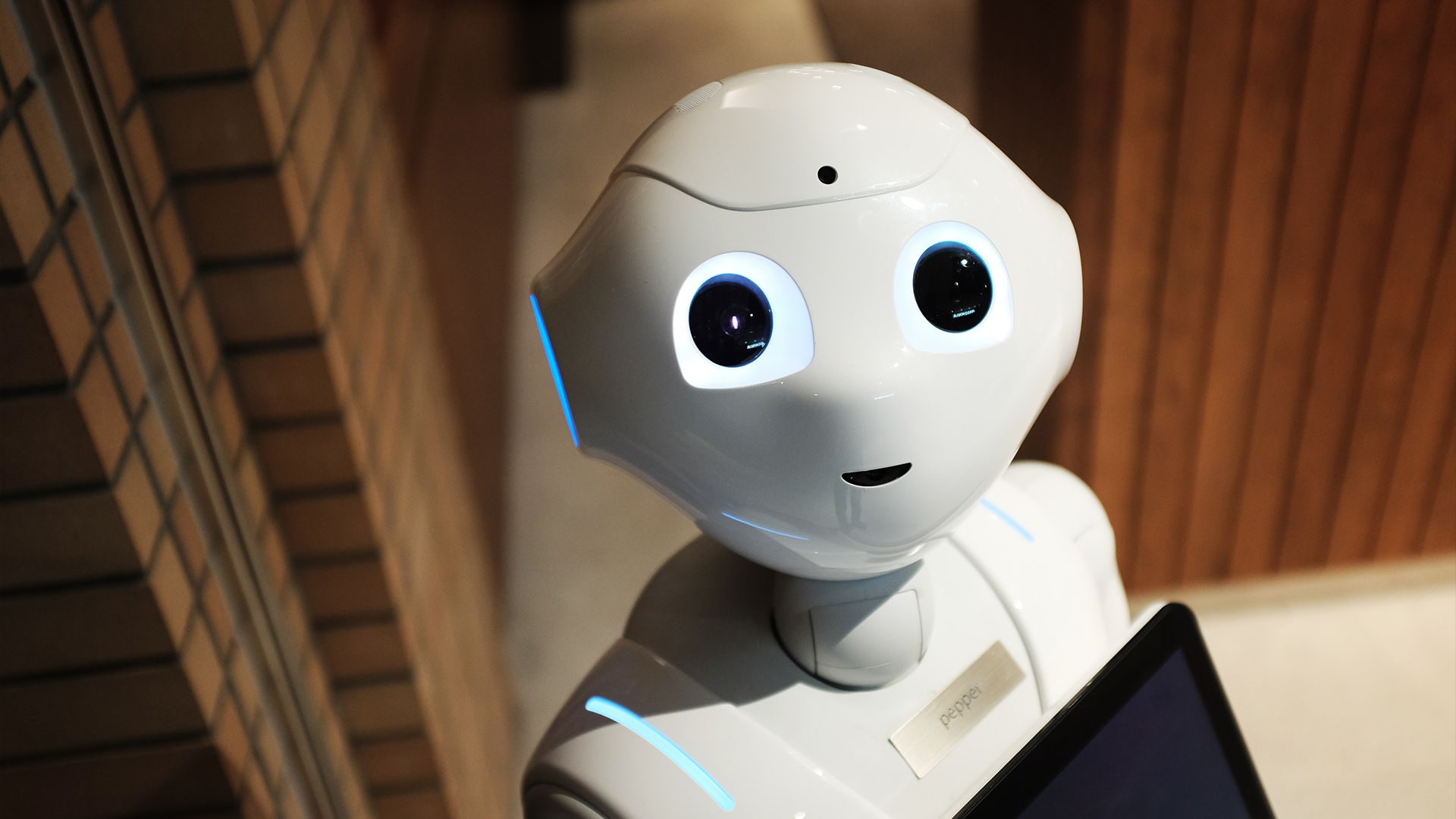On 21 April 2021, the European Commission presented a proposal to adopt a new regulation named “Harmonised rules on artificial intelligence”, known as the AI regulation in popular speech. The new proposal aims primarily to create a legal and harmonised framework for the use of AI systems within the EU, but also to ensure that people in EU Member States can trust what AI has to offer.
There is a possibility to provide feedback on the proposal until 30 June 2021, which will later be processed by the European Parliament and the Council of the European Union. However, this does not mean that the regulation will be adopted now, but it is likely that the proposal will take another couple of years before a final version is presented and adopted.
What is artificial intelligence?
Artificial Intelligence, or "AI", is a collective term for computer programs that can mimic the way humans reason, think, evaluate and act. These are mainly human cognitive functions, including the ability to solve problems and learn things based on past experiences. Artificial intelligence is a form of artificial ”human intelligence”.
In a series of articles, Morris Law will guide you through the new proposal and how it will affect you who use or develop technology based on AI. First things first. Before we move on, it is interesting to consider which technologies will be covered and regulated by the regulation.
One of the most important elements of the new AI regulation is the legal definition of AI. Article 3 of the regulation describes an AI system as a:
“[…] software that is developed with one or more of the techniques and approaches listed in Annex I and can, for a given set of human-defined objectives, generate outputs such as content, predictions, recommendations, or decisions influencing the environments they interact with.”
Annex 1 is very generally designed, and includes, among other things, methods in machine learning (also deep learning) as well as other logical-, statistical- and knowledge-based approaches. In order to ensure that the regulation is kept up to date with technological and market developments, the European Commission is empowered to update the Annex through delegated acts. One of the "problems" with AI is that the concept is constantly being redefined, meaning that certain subject areas are no longer considered to fall under the concept of AI or that new special areas arises.
The AI Regulation will apply to:
• providers of AI systems used in the internal market regardless of whether the provider is established in the EU or not;
• those using AI systems which are located in the EU;
• users and providers of AI systems where what is generated by the AI system is used within the EU regardless of whether the user or provider is established or located in the EU or in a third country.
We can expect that, when the regulation is adopted and applied, there will be clarifications as to what techniques the concept of AI covers. An important take-away, however, is that a system does not have to be advanced in the sense that the program is "self-thinking" to fall within the scope of the definition. There are many indications that many AI systems already today are covered by the definition, even if they in popular speech are not classified as an AI system.


